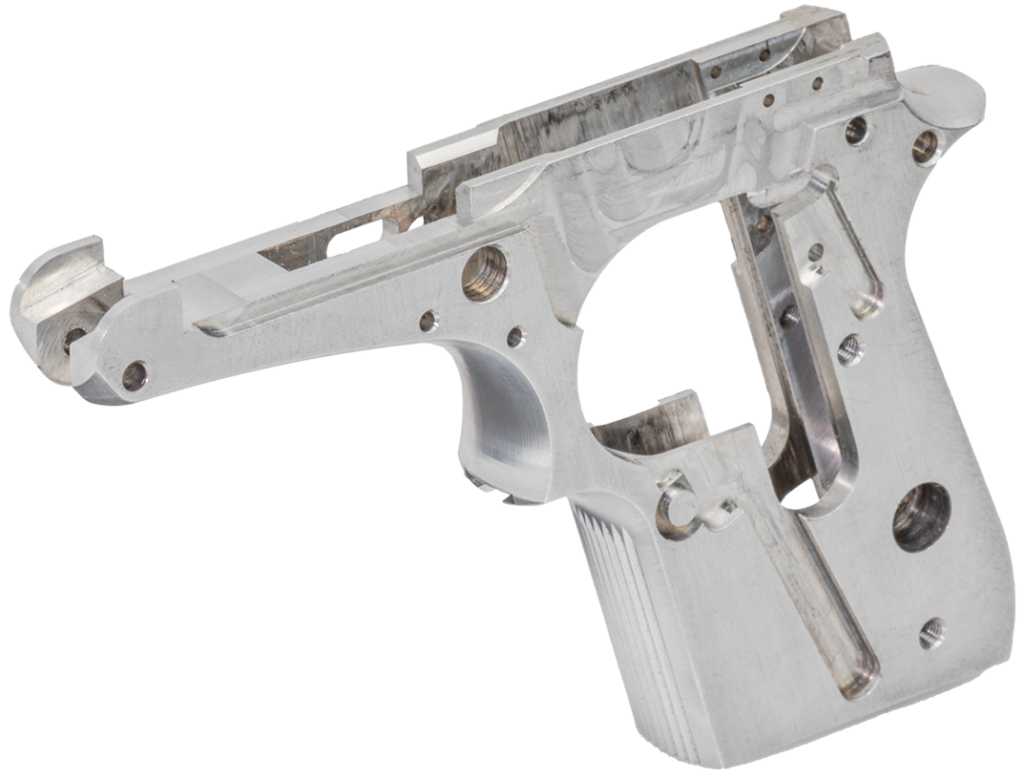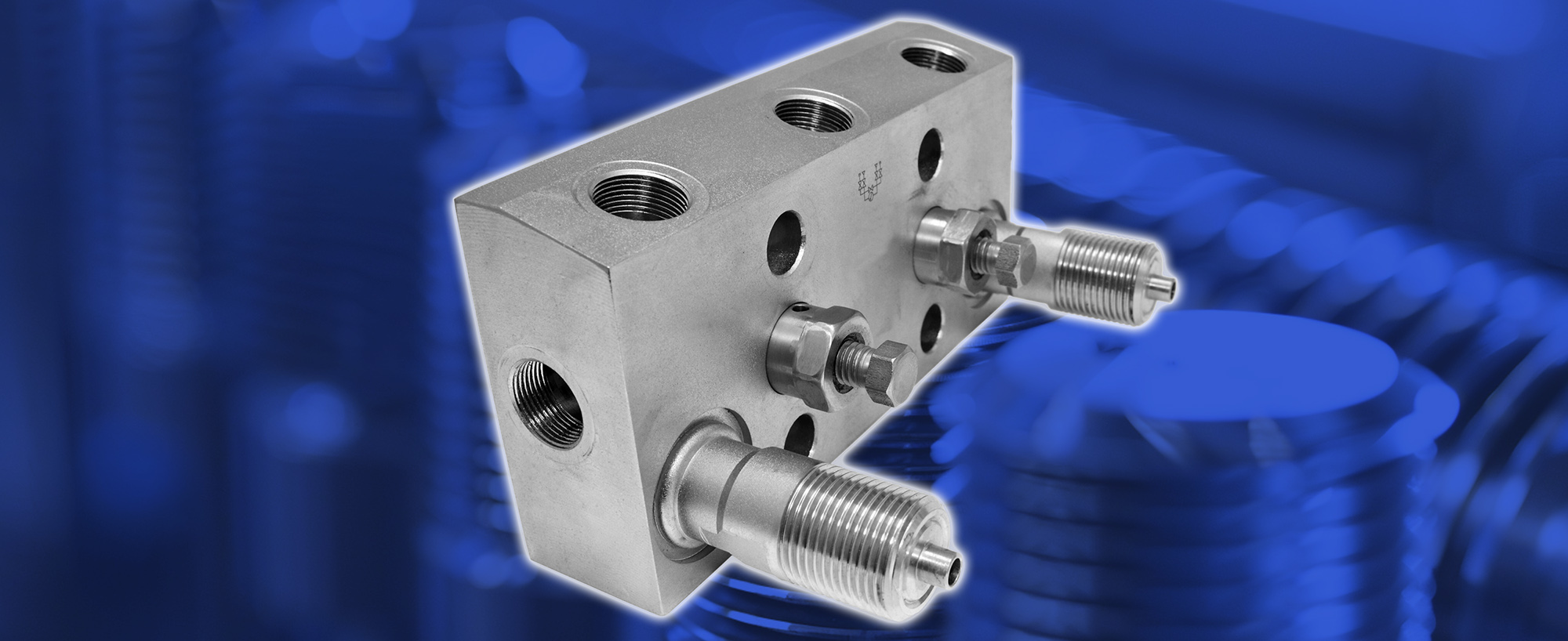Efficiency is vital for hitting manufacturing goal deadlines. Unclear, unnecessary and complex instructions potentially extend timelines for different steps throughout the manufacturing process. The following tips help streamline metal part machining from start to finish.
Tips for Manufacturers to Simplify Metal Part Machining

- Provide Complete and Clear Documentation
To ensure successful machining outcomes and avoid costly rework or delays, it’s essential to start with complete and clear documentation. Drawings and specifications should be accurate, legible, and reflect the most current revisions. Including tolerances only where functionally necessary helps prevent over-specification, which can drive up machining complexity and costs. Additionally, avoid using outdated references to obsolete materials or finishes that may no longer meet current standards or availability. - Standardize Materials and Finishes
Equally important is the standardization of materials and finishes. Choosing commonly available material grades and finishes can simplify procurement and reduce costs and lead times. If certifications or lot traceability are required, make these expectations clear from the outset so that the machine shop can prepare accordingly. Likewise, use standard surface finish indicators such as Ra values rather than subjective terms like “smooth,” which can lead to misunderstandings. - Clarify Feature Prioritization
Another best practice is to clarify feature prioritization within your part design. Distinguishing critical features—those that are key to function—from secondary ones enables machinists to allocate precision and attention where it matters most. If applicable, a feature control plan can be helpful, though shops operating under AS9100 typically prefer to manage the manufacturing process independently. Collaborative discussions with your machine shop can also help identify simplified machining paths while maintaining compliance and performance. - Limit Revisions Mid-Process
Throughout the production cycle, it’s critical to limit revisions mid-process. Once machining has started, changes to specifications or drawings should be avoided unless absolutely necessary, as they often lead to increased costs, scrap, or delays. If modifications are required, ensure all documentation is updated promptly and clearly, and that the entire team—engineering, production, and quality—is informed immediately to mitigate disruptions. - Use Consistent Drawing Conventions
To reduce interpretation errors and streamline processing, always use consistent drawing conventions. This includes dimensional units, notation styles, and tolerance blocks that match industry standards. Confirm GD&T symbols align with ASME Y14.5 to ensure the machine shop correctly interprets your design intent. - Define Inspection Requirements Clearly
Alongside your drawings, it’s also important to define inspection requirements clearly. Indicate the frequency and method of inspections, and specify what documentation is required—whether it’s first article inspection reports, CMM data, or material certifications. Limiting inspection to only critical features can reduce costs and inspection time without sacrificing quality. - Communicate Batch Sizes and Delivery Expectations
Advance communication around batch sizes and delivery expectationscan also improve efficiency and reduce lead time. Inform the machine shop of your preferred lot sizes and required delivery windows as early as possible. Last-minute rush orders often compromise machining quality and increase the risk of delays due to unplanned tooling setups. - Facilitate Early Collaboration (Where Permissible)
While AS9100-certified shops may not provide formal design input, it’s still beneficial to facilitate early collaboration. Manufacturers can seek feedback on known machining challenges or review historical issues to improve drawing clarity. These insights, even if informal, can drive internal improvements and help avoid repeat errors. - Plan for Secondary Operations
Be sure to also communicate secondary operations like heat treating, plating, brazing or assembly up front. Clear instructions regarding the protection of sensitive features during these processes will help ensure part integrity is maintained throughout. No matter how insignificant this may seem, these details are helpful for machining considerations. - Build in Flexibility Where Possible
Finally, strive to build in flexibility where possible. Allowing standard tolerances on non-critical dimensions and using reference dimensions for informational purposes only can significantly streamline machining and inspection. By clearly distinguishing between required and reference dimensions, you can prevent unnecessary precision work and reduce costs.
Many of these tips may seem obvious but frequently some of the above points are missed by teams submitting designs for manufacturing. An experienced machine shop like Nolte Precise Manufacturing will help tease out these points through rigorous pre-planning processes should any of these items get missed. Contact Nolte Precise Manufacturing with any questions about these points.

